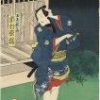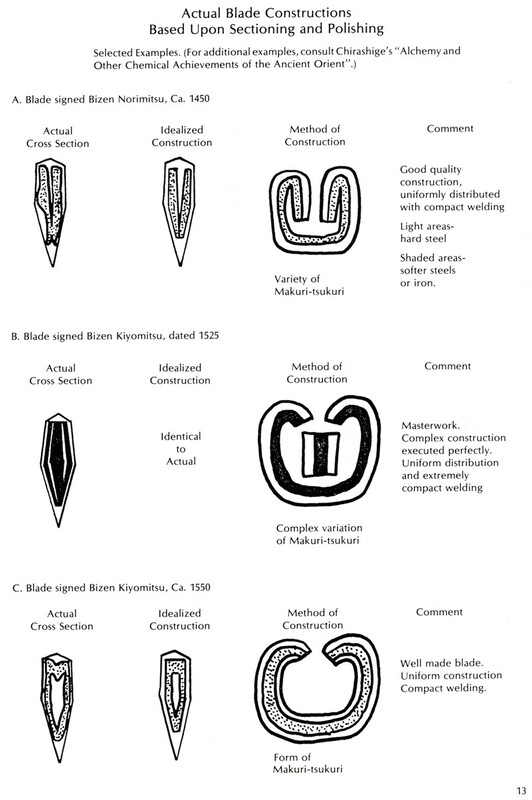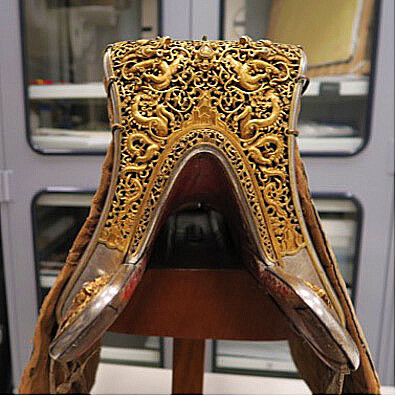-
Posts
495 -
Joined
-
Last visited
Everything posted by Jim P
-
Hi, Sword Dance's have been posted before ONIKENBAI
-
-
Hi Gustaf, IMHO this is late Late-Muromachi, Sue Mihara is a good call also have a look at Settsu Masaie as i think he is a good chance have a look at a few of the Masaie,s from Hawley that should get you started Masaiye Yamato Daijo Fujiwara Masaiye Harima 1615 15 MAS0251 1st generation Shinto. Mokume, gonome-midare, suguba. Masaiye Fujiwara Masaiye Harima 1572 15 MAS0250 1st generation Koto. Mokume, masame, suguba, gonome-midare. Masaiye Banshu Himeji ju Yamato Daijo Fujiwara Masaiye Harima 1615 15 MAS0251 1st generation Shinto Mokume, gonome-midare, suguba. Masaiye Yamato no Kami Fujiwara Masaiye Harima 1615 15 MAS0251 1st generation Shinto. Mokume, gonome-midare, suguba. Masaiye Masaiye Settsu 1573 15 MAS0258 2 character signature. Masaiye (Bishu) Mihara ju Masaiye Bingo 1532 15 MAS0244 Mokume, masame, suguba. Masaiye (Bishu) Mihara ju Masaiye Bingo 1573 80 MAS0245 Suguba, gonome-midare.
-
Hi Jean, It had me thinking maybe Kyushu and Chikuzen Kongobyoe but then Uda is a not a bad bet
-
Hi Gordon, A quick look at a few tadayoshi I think you are right to think ? but need pictures of the blade to get a better idea
-
Hi Brian, I had the chance to see a shinshinto blade just finished by Andew Ickeringill he was able to bring out the grain on a Mujitetsu blade so you could see the detail that was invisible before and IMHO he is way ahead. I have seen a few done by Bob, good work but in IMHO even some of the Japanese don’t match his work. This is a quote from our conversation about that blade, (The jigane came up well , as you say it's not mujitetsu, but it is very fine and tight. I spent a lot of time bringing it out and I think most polisher's wouldn't have bothered and just said it's shinshinto so should be muji... but it shouldn't be, under natural and fluro light it shows up very nice and even has quite a bit of chikei.) The boshi was not far off Ichimai and they are sometimes a bit hard to get right but it was very well presented and IMHO I think in time he will be one of the leading lights outside of Japan. PS. It was not my blade
-
Hi Matt, There is a group of us in Melbourne and some Top class blades that come out occasionally when we meet and in exhibitions.The last one was at the National Gallery of Victoria http://www.militaria.co.za/nmb/topic/14573-for-the-guys-in-ozthe-melbourne-exhibition/ and a long running one in the art gallery of NSW so keep an eye out for the next one.
-
Hi Jean, As he only has 23 posts and Kane can look a bit different and he is from Melbourne we can give him this one
-
Hi Matt,The mei is ok, Its worn down, We have someone in oz that is passionate about the Mino School Nihonto no Bi http://www.users.on.net/~coxm/? and its Kanenori saku
-
Hi James, Before you think about working on this Naginata you need to check Is the mei correct ?
-
Hi Rivkin, Sorry your comment about koto (one is bound to notice that all discussions of such are held up by exactly zero experimental evidence.) in my IMHO is not correct there has been some testing done granted not much and in the west its hard to find but it’s out there . How much weight do these tests hold that's something else
-
Steve, I think we are used to the idealized view from books and the net but the reality can be a lot different I think there would some surprises if a large study was done
-
Hi Rich, If you had cross sections of a lot of blades it would give you a much better understanding of the makers for example some Kiyomitsu smiths had a change in quality in just 25 year period so IMHO if there is more of this type of info out there I would love to see it. It would make it easier to look for blades that were produced at peak times so you can make better choices especially if the blades looks similar and are close in time.the sukesada cross section has given me more insight why some sukesada blades are not looked at favorably Hi Darcy, I have not seen Ted’s article does he give just a few examples or is there more in his article ?
-
Hi Guys, I had been rereading an old copy of Bushido Magazine last month in it was an article by Havey Stearn done in 1969 on the quality of some blades from the infamous Thailand lot eg. Sukesada, Kiyomitsu, and how cross section of a few blades were done. It was an eye opener it explained how the cross sections revealed what some of the differences were between the better and low quality blades and how the different steels were not uniform and distorted and the low quality ones had more voids and less good welds. Do some of the members know if besides Alchemy and other chemical achievements of the ancient orient by professor Chikashige, as I don’t think I can get a look at his book. Has there been testing done on a larger scale? And if so by whom? It also gives some extra insight why we see Shingane on some blades that don’t look over polished. Thanks
-
Hi Johnno, Darcy has given you the info you need the rest is just chatter IMHO it could be very late koto but I would look to the schools that copied the Hizen school in the Edo period the Takada school is a good starting point look at the jigane/boshi of some of the smiths they have more in common than Hizen Tadahiro
-
-
My Namban, It has a NTHK paper to namban not that it means much it has a fukurin somthing you don't see much on Namban. I have seen BaZZa,s namban in hand and it is a good example of the namban school the condition is excellent.
-
Hi Paul, Its interesting how we all see these questions differently off coarse jean is right if we are speaking only about the work , but my reasoning was that it was after the mongol invasions of Japan,that the blades hit their peak as all-rounders so it depends on your criteria
-
Hi Paul, I would have to say for me the Golden age is mid-1200-into the Nanbokucho why ? because the later smiths tried to copy those blades and I think for good reasons as Darcy pointed out those blades were Cutting different things and still durable and the good ones did not break easily. You may remember am article about someone doing tests in the 1800s some big names were tested like Naotane / Sukehiro that did not do well at all and by Shinto times the steel was becoming brittle and had changed and IMHO did better in one set of conditions but early koto was a better all-rounder that declined the closer it got to Shinto
-
Hi Grey, I thought that the solution probably was bent wood it seems that it has held up well so he was good at his art and with the problems with a blade like this even more so. When I posted this it was the Koshirae that had drawn me in as I would have been skeptical that it could be done and the blade drawn. A sloppy fit would explain it , it’s also interesting how some see the work as a bit ugly as it is so far from what we are used to seeing in a blade. I did not see it as ugly as I saw it as BaZZa did a homage to a crescent moon and in that context it was enjoyable
-
-
The Koshirae maker was a master to get this to work http://www.nipponto.co.jp/swords3/KT322999.htm
-
Hi Guys, As this blade is signed katana mei I am looking at Aoe as a possible school are the smiths of the Aoe Moritsugu group known for signing in this way ?
-
Thanks guys, I don’t think I would have worked this one out in a hurry. Is this way of signing Moritsugu common ? as now I am trying to narrow it down. Thanks,











